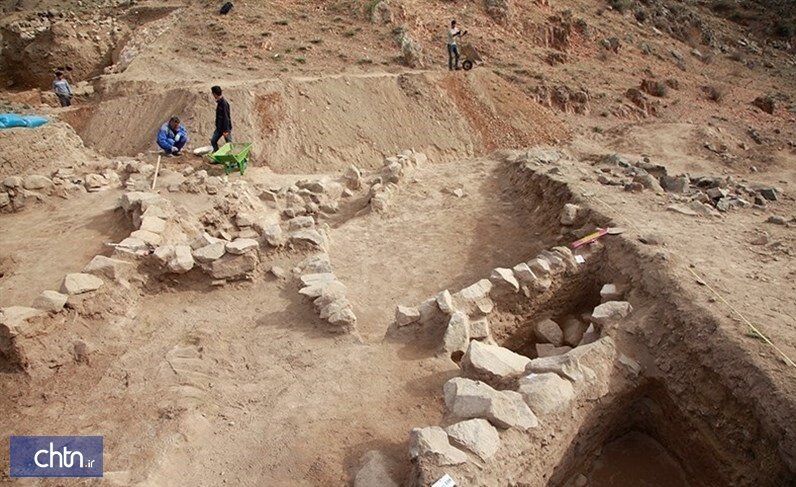Archaeological survey aims to spotlight cultural sequence in northwestern Iran

TEHRAN – A fresh archaeological season is scheduled to start today in Germi county, northwestern Ardebil province, in a bid to turn the spotlight on the long cultural sequence in the region.
“A 45-day archaeological research will start on Saturday [April 25] across a five-hectare area of land near Ahad Beyglu village of Germi county to explore a cultural sequence of the region, which is situated in the north of Ardebil province,” Germi tourism director Ali Hosseinzadeh said on Thursday, CHTN reported.
The term culture sequence explores which cultures or assemblages from different cultures follow one another. In successive levels of a stratified site, the oldest is usually at the lowest level.
“[These] archaeological excavations are aimed to provide experts with an opportunity to study history of the region and its existing cultural heritage,” the official said.
In November 2018, Iranian researchers discovered an Iron Age tomb in Germi, dating back to a time between 2500 to 3000 years ago, belonging to a child who was between 5 and 7 years old. It was unearthed in a survey aimed to probe the history of settlements in Yel Suyi, a ruined site majority of which is associated with the early Islamic era.
In December of the same year, a number of relics, dating back to Seljuk (1037–1194) and Il-Khanid (1256–1335/1353) eras, were unearthed in the vicinity of Alajouq fortress in Germi county.
Ardebil province is believed to be as old as the Achaemenid era (ca. 550–330 BC). Sources say that due to its proximity to the Caucasus, Ardabil was always vulnerable to invasions and attacks by the mountain peoples of the Caucasus as well as by the steppe dwellers of South Russia past the mountains.
During the Islamic conquest of Iran, Ardabil was the largest city in north-western Iran, ahead of Derbent, and remained so until the Mongol invasion period.
AFM/MG
Leave a Comment